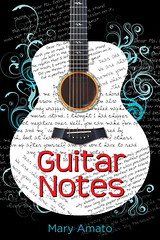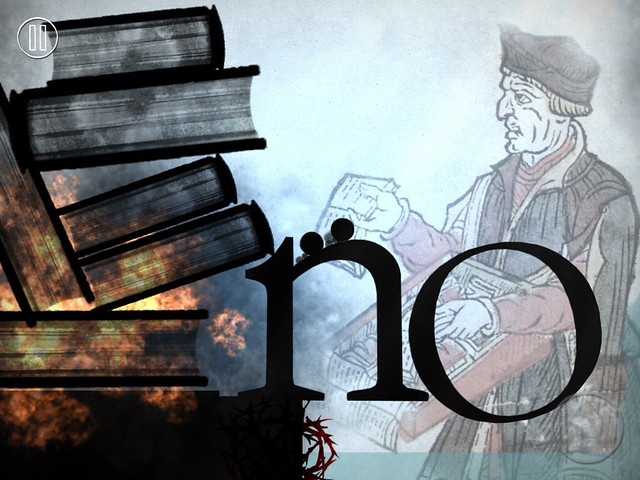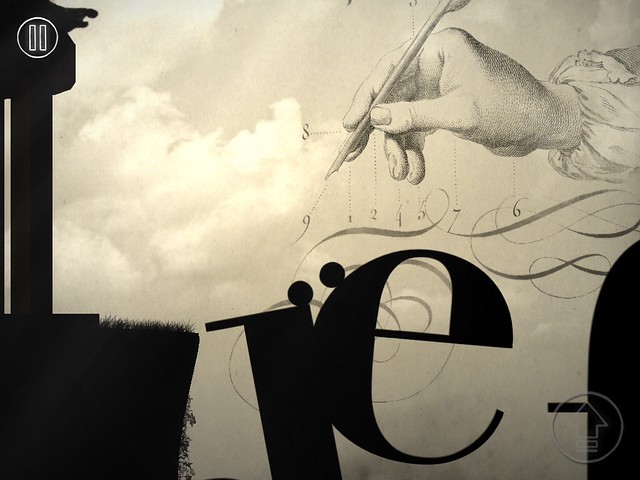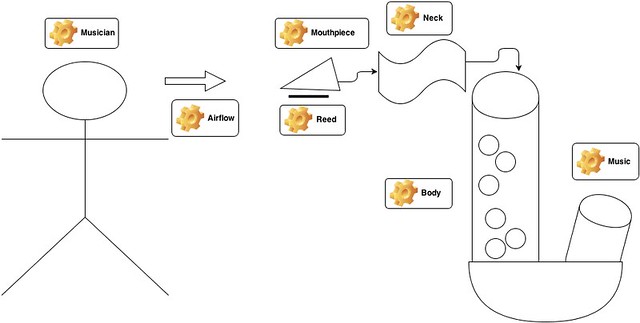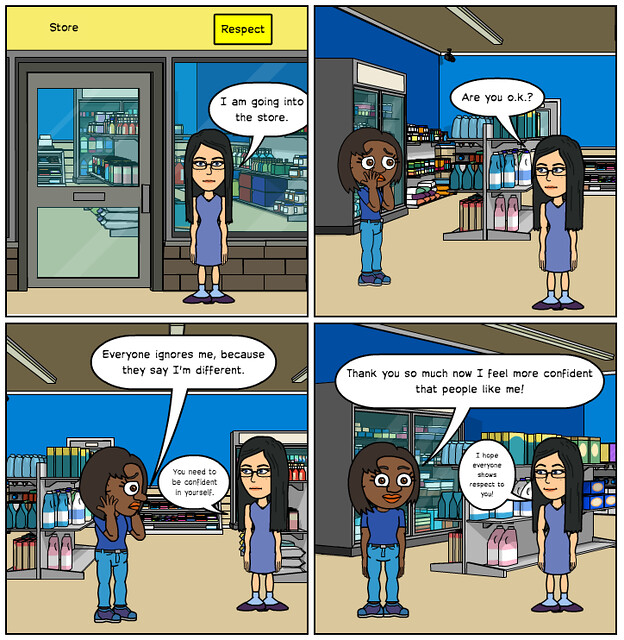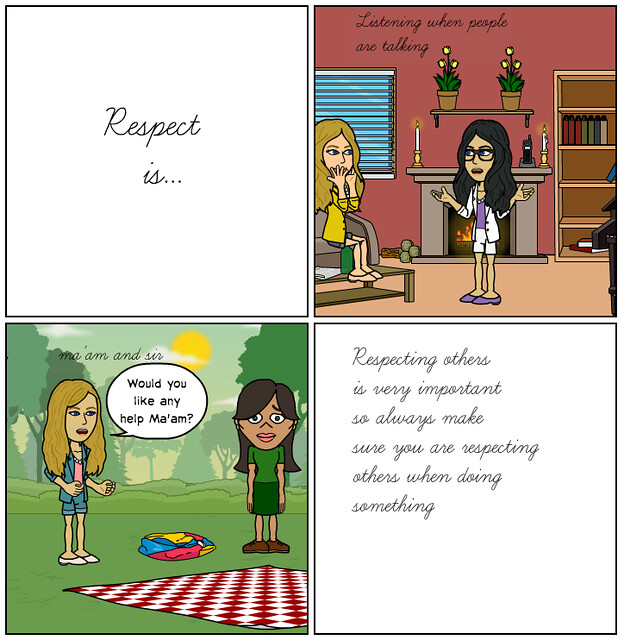I am bit behind in my DS106 assignments (I know, that’s OK) and this week’s theme is all about “reading movies” by having us analyze video clips from films. I love that they shared out Roger Ebert’s classic “How to Read a Movie” piece, which really digs deep into the contextual and compositional art of filmmaking.
One of our assignments is to find three clips of scenes from movies and turn a critical eye on what we see. Here are the three that I chose and my analysis:
I have the sound off. I don’t think I need it. All of the emotion is in his face, or the lack of emotion, right? I turn the sound up and I hear him typing. Notice the long pauses? There are fewer and fewer of those in movies these days. But here, as the camera moves in closer, it has an impact. And normally, a shot of a computer? Frigging boring. But the decision around friending is a key part of this movie, and the shuttling back and forth of the lens is very effective. Music kicks in around 40 seconds, just as he leans back to reconsider what to do. Nice touch. This is the final scene, so we get an update on how it all turned out. But is he happy?
Use of white space here. To represent emptiness inside of the Matrix. Lens spins, giving us and him the feeling of being disorientated. The use of lens here is important. I know a lot has been written about his sunglasses here, but as a visual symbol, they are important. The viewer leans in, half expecting to see themselves in the glasses, right? I find it interesting that the props are furniture. And notice how the television is “old school” — showing the dichotomy between the ideas and the scene, and the plot that is emerging in the movie.
Short clip, mostly showing Ted Night’s arching eyebrows and wide mouth. Perfectly in tune to character. Turn off the sound, and you can still guess the tone of his language. The sarcasm drips. Not much in terms of filmmaking style but casting actors who can inhabit a character is critical for a film like Caddyshack. Not just Ted Night. Can you imagine this movie without Bill Murray? No way!
Peace (in the composition),
Kevin

